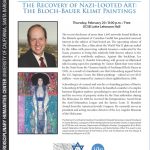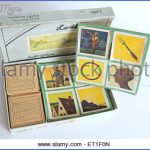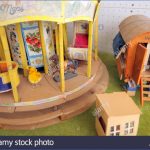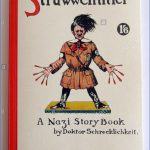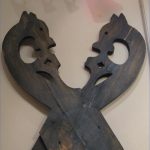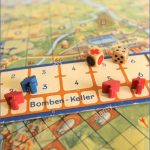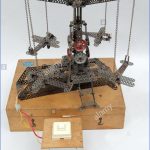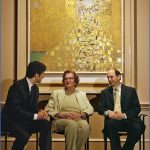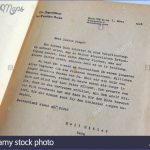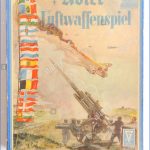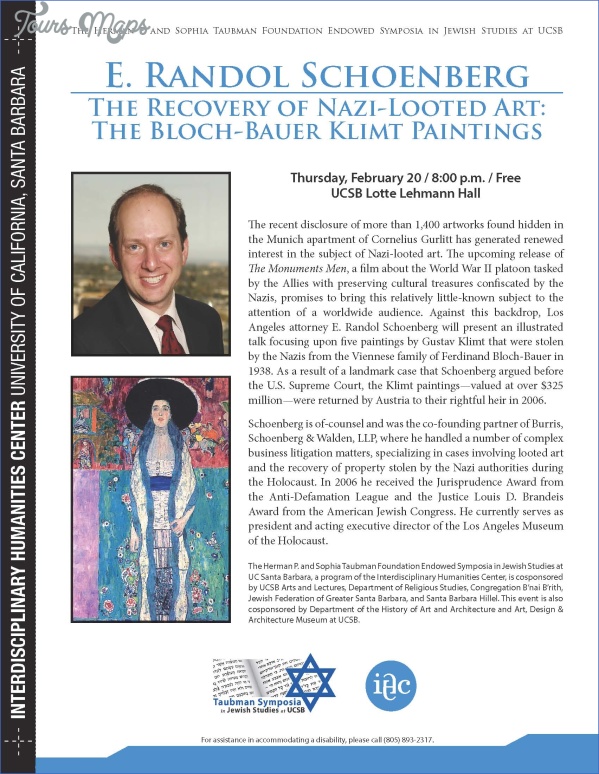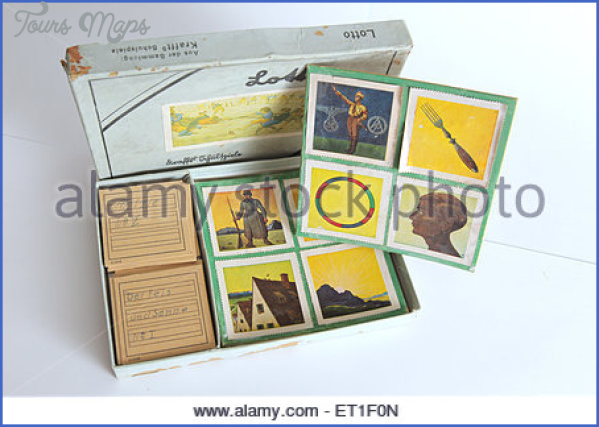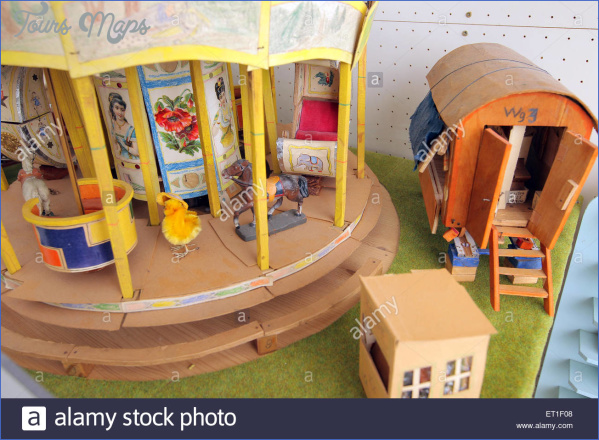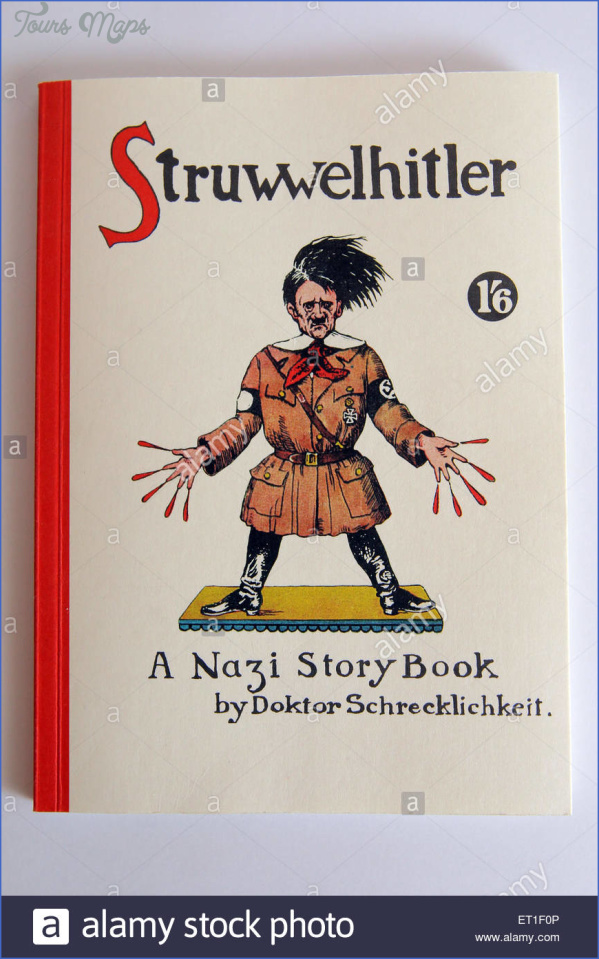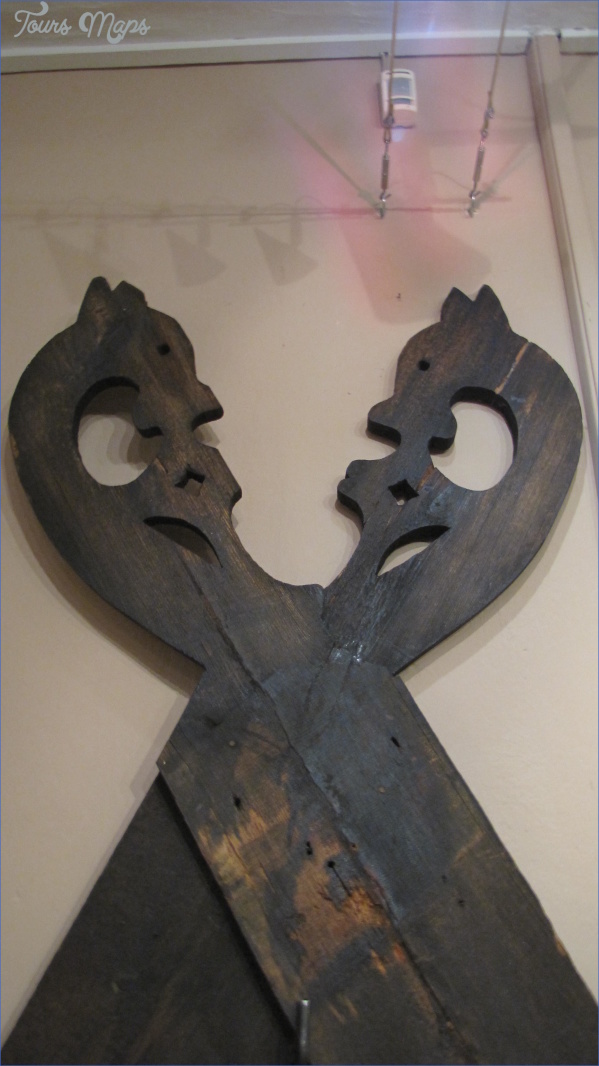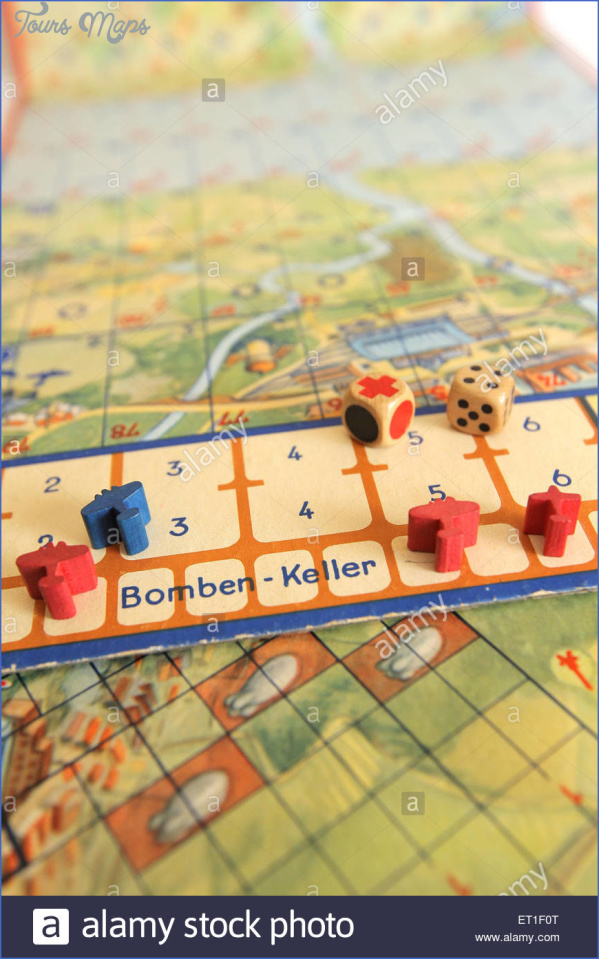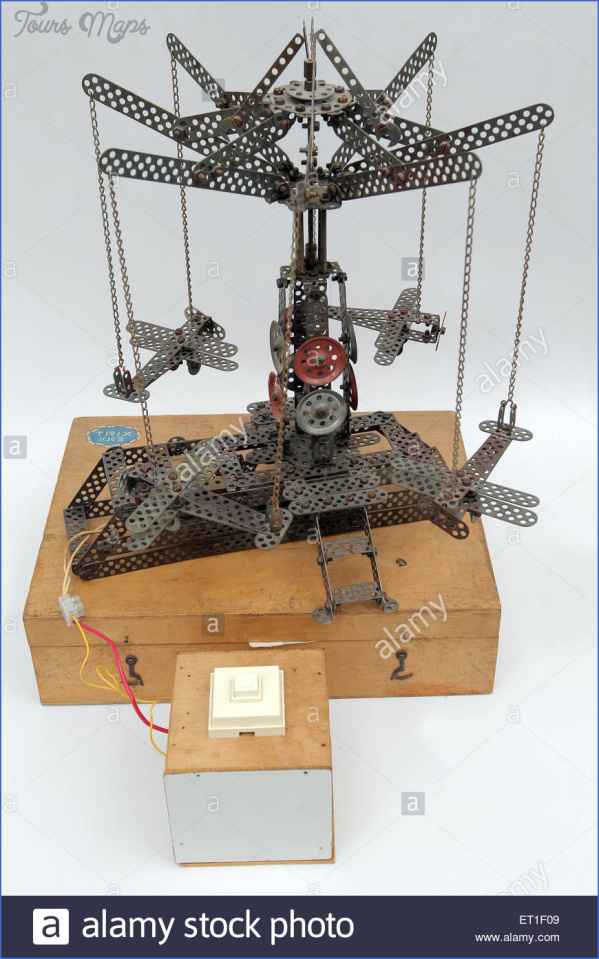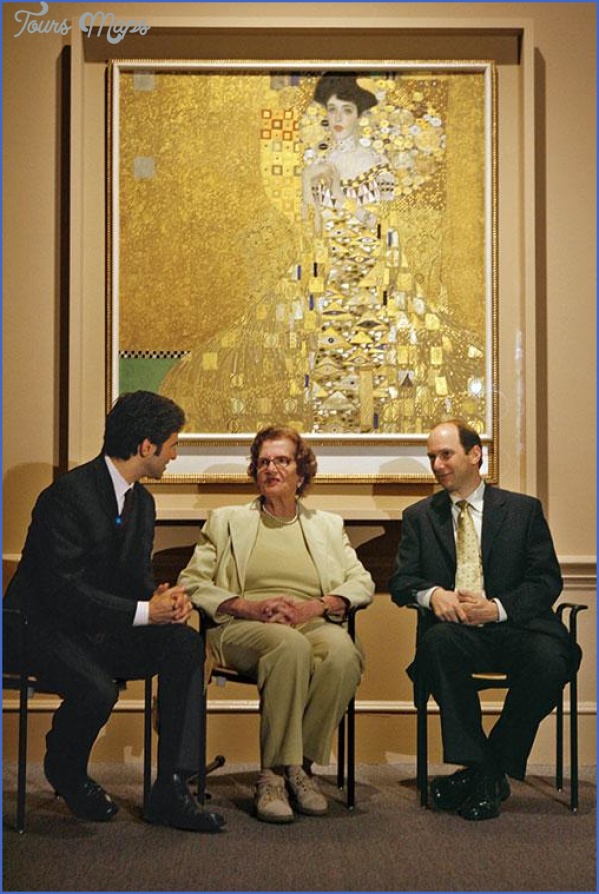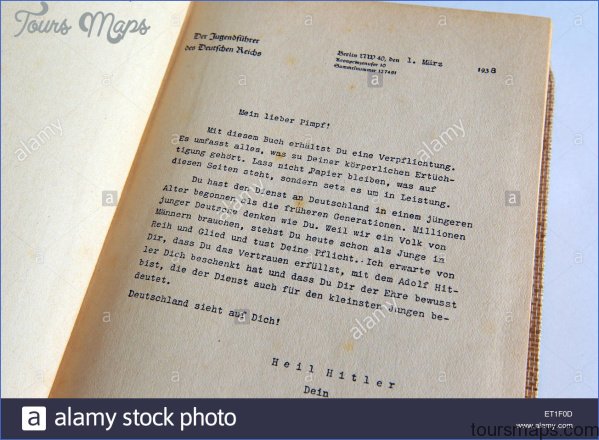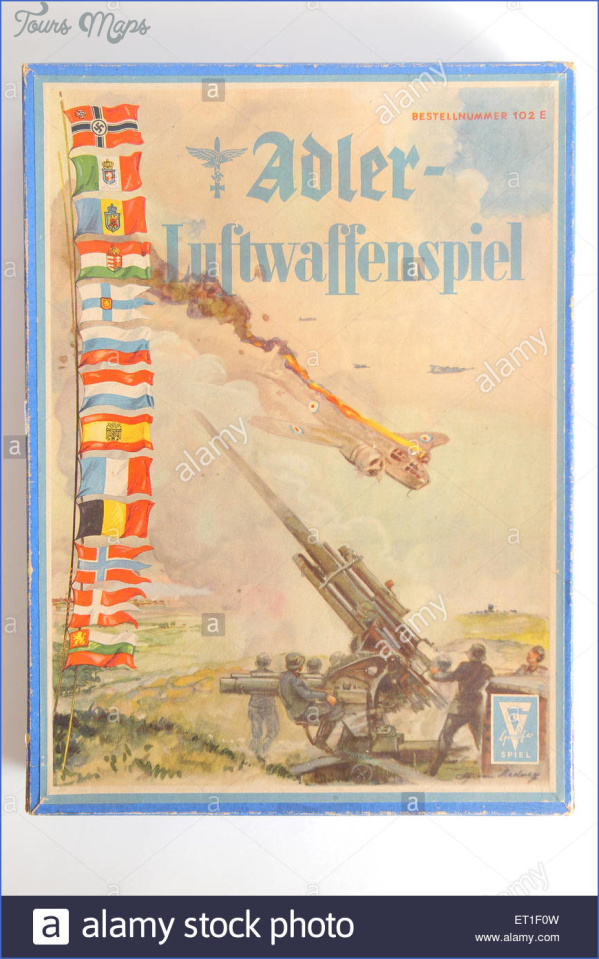SCHOENBERG MUSEUM
There is a house in Modling, a southern suburb of Vienna where Beethoven liked to stay and to walk in the fields. It bears a plaque which proclaims – not wholly correctly – that here at Bernhardgasse 6 the first 12-note music was composed. The first floor of that house, where Arnold Schoenberg lived from 1918 until he moved to Berlin in 1926 (Ernst Krenek briefly lived on the floor above), served until 1998 as the sole memorial in Austria to the founder of the Second Viennese School. It also served as the headquarters of the International Schoenberg Society. Being primarily a place of work – the new Schoenberg edition and other publications emanate from there, and it is used for seminars – rather than a public museum, the display of Schoenberg memorabilia is a secondary consideration. The visitor, however, can see a number of Schoenberg items, personal and musical, in the pair of interconnecting rooms.
In 1998, however, a true Schoenberg museum, the Arnold Schonberg Center, opened in the heart of Vienna. There had been a Schoenberg Institute since 1977 in Los Angeles (where he died in 1951), at the University of Southern California, where a large quantity of the material he left, both music and personal relics, had been deposited by his family; but the university’s perceived needs proved irreconcilable with the Schoenberg family’s wish that the institute should foster exclusively the music of Schoenberg and his circle. The family eventually decided to withdraw the material and find another home for it: and where could be better than Vienna, his native city (the block of flats in which he was born in 1874, at Obere DonaustraSe 5 in the 2nd district, is marked by a plaque) and his home for many years, where his ashes rest in a fine Ehrengrab (tomb of honour) in the Zentralfriedhof, and where his music is liked rather more than it is in Los Angeles?
SCHOENBERG MUSEUM Photo Gallery
The Vienna municipality saw it the same way and were eager to right old wrongs: the city quickly found a home for the 20 tons of material from Los Angeles on the spacious first floor of the imposing Palais Fanto, in the Schwarzenbergplatz, just outside the Ring, a few minutes’ walk from the Staatsoper and the Imperial Hotel. The family donated Schoenberg’s music manuscripts to the city but have retained ownership of all other items.
The municipality asked Elsa Prochazka, designer of all the composer museums belonging to the city, to set up the new one (to which the Modling house is now an adjunct, used to accommodate scholars and to continue as a memorial to Schoenberg’s years there). It is characteristically functional in its general design. There is a well fitted-out recital hall to seat 200, wedge-shaped (the platform at the narrow end), as well as a shop, a library, seminar rooms and a re-creation of his workshop-like study in Los Angeles (even reproducing the view he saw out of the windows). There is a long gallery for exhibitions, and certainly ample material for frequently changing displays. Schoenberg is a particularly apt subject for a museum: not many composers produced works of art that can comfortably cohabit with their music. Several of his striking, Expressionist paintings are shown, among them a number of self-portraits (the subject never ceased to fascinate him), ‘visions’ and caricatures.
There are some unusual miscellaneous items. Schoenberg’s exploratory intellect led him into curious areas: you might have expected him to devise a musical typewriter, but not perhaps a notation for a tennis game or designs for an automatic inkwell, a new kind of water main, an elevated railway or a motorway interchange, or a complex four-man game of ‘coalition chess’ (for illustration see p.44). More conventional displays, in glass and stainless steel showcases, are devoted to his manuscripts (notably fragments and sketches), his didactic and philosophical writings, his correspondence and other documents of his life, editions of his music, his poetry, his Judaism and his pupils.
Maybe You Like Them Too
- Explore Doncaster, United Kingdom with this detailed map
- Explore Arroyito, Argentina with this Detailed Map
- Explore Belin, Romania with this detailed map
- Explore Almudévar, Spain with this detailed map
- Explore Aguarón, Spain with this detailed map

